Have you ever heard of water soluble stabilizers? If not, this #vikisews_sewinghacks post is for you.
Water soluble stabilizers are real game-changers when it comes to machine embroidery, appliqué or lace projects. Stabilizers make sure the fabric doesn’t stretch or wrinkle when you hoop it or do the embroidery. In general, they are meant to make the process easy and fun rather than painful.
There are two types of water soluble stabilizers:
- non-woven (paper-like) stabilizers;
- film stabilizers.
Film thickness depends on the purpose of the stabilizer:

- Thin films are intended for lightweight fabrics.

- Standard films are meant for textured fabrics like corduroy, velvet and looped pile fabrics. These are applied as the topping when you embroider small details and letters, so that the stitches don’t sink in the pile.

- Thick films are used as the base for embroidery, lace and patches. They are also meant for the fabrics that should look good on the back side and for sheer fabrics.
Water soluble non-woven paper-like stabilizers are used in lace projects and as fabric backings, just like thick films. If embroidery is designed with many small details, they’ll make a better choice than thick films, as they are less prone to destruction by a needle. You can also create embroidery pieces on them, without using any fabric at all.
Water soluble stabilizers can be removed easily. Cut off the excess around the embroidery. At the corners and other hard-to-reach spots, sprinkle water over the fabric to wash away the stabilizer. If needed, you can also rinse the fabric in warm water.
Some other useful posts in Vikisews Blog:




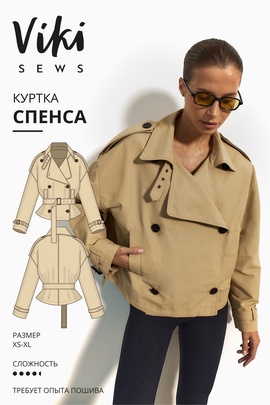
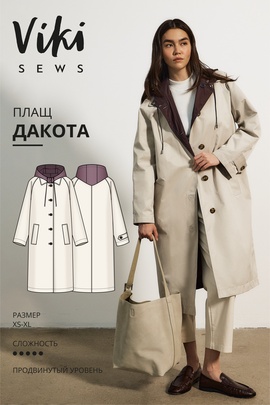
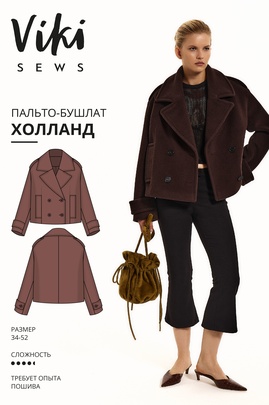
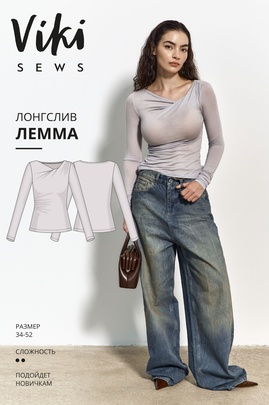

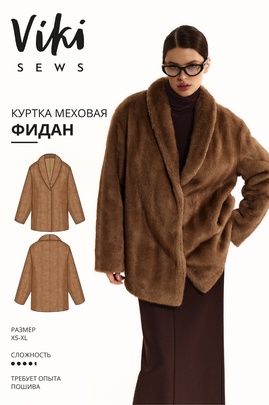
Здесь пока нет комментариев